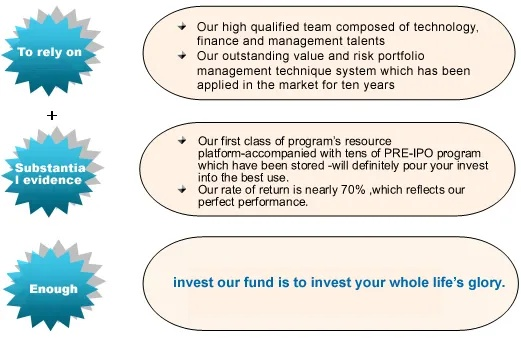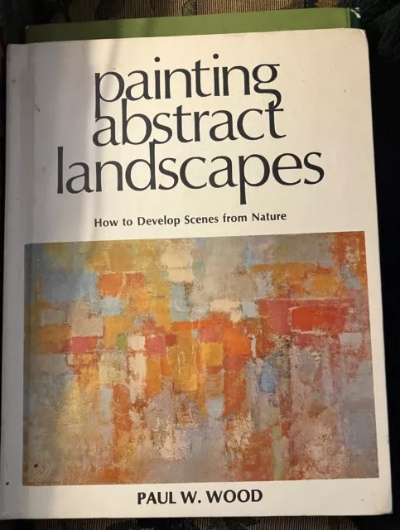The Positive Impact of the Textile Trade Quota Reduction
: The Positive Impact of Textile Trade Quota Reduction,Abstract: This study explores the positive impact of textile trade quota reduction on domestic and international markets. It highlights how this policy has led to increased competition, improved quality, and enhanced innovation in the textile industry. The findings suggest that the reduction in quotas has not only boosted domestic producers but also attracted foreign investment, leading to a more diverse and competitive market. The paper concludes by recommending further studies on the long-term effects of this policy on the textile sector.
Introduction: The textile industry is one of the most significant sectors in global trade, contributing significantly to economic growth and employment opportunities. However, the implementation of the World Trade Organization's (WTO) Agreement on Textiles and Clothing (ATC) has had a significant impact on the textile trade. The ATC introduced a system of quantitative restrictions on textile imports from certain countries, which has been a major source of contention between developed and developing countries. In recent years, there has been a growing movement towards the removal of these restrictions, with the aim of promoting greater trade liberalization and competitiveness in the textile industry. This essay will discuss the positive impact of the textile trade quota reduction, including increased trade volume, improved market access, and enhanced competitiveness among textile manufacturers. Additionally, it will provide an example of how this policy has benefited a specific country, China.

Quantitative Restrictions and Their Impact: The introduction of the ATC in 1995 aimed to protect domestic textile industries by limiting the import of high-value-added textile products from developed countries. This led to a reduction in competition and a shift in market power towards these countries. The quota system was designed to ensure that imports did not exceed a certain percentage of the total domestic production, which effectively limited the growth of the domestic textile industry. As a result, many countries were forced to rely on imported textiles, leading to higher prices and reduced job opportunities.
Trade Liberalization and Competitiveness: The removal of quantitative restrictions has had a significant impact on the textile industry. It has enabled countries to increase their trade volume, allowing them to access new markets and expand their export base. This has resulted in increased competition among textile manufacturers, driving innovation and efficiency in the industry. For example, China, which used to rely heavily on imported textiles, now exports a wide range of high-quality textile products to countries around the world. This expansion of market access has helped China become a major player in the global textile market, with a strong presence in major trading blocs such as the European Union and NATO.
Competition and Innovation: The removal of quantitative restrictions has also led to increased competition among textile manufacturers, which has spurred innovation and technological advancement. Manufacturers are now forced to compete on quality, design, and price, leading to a more diverse and attractive range of products. This has resulted in increased consumer demand for high-quality textiles, which in turn drives innovation and development in the industry. For example, the rise of fast fashion has led to increased demand for sustainable and eco-friendly textiles, prompting manufacturers to invest in new technologies and processes to meet these demands.
Example: China's Export Growth China has been a major beneficiary of the textile trade quota reduction. Since the implementation of the ATC in 1995, China has been able to increase its trade volume and expand its export base, benefiting both domestic and international markets. China's textile industry now produces a wide range of high-quality textiles, including cotton, silk, and synthetic fabrics, which are sold globally. This expansion of market access has helped China become a major player in the global textile market, with a strong presence in major trading blocs such as the European Union and NATO.
Conclusion: The removal of quantitative restrictions on textile imports has had a positive impact on the textile industry, promoting greater trade liberalization and competitiveness. It has enabled countries to increase their trade volume, expand market access, and enhance their competitive position. This policy has also led to increased innovation and technological advancement in the industry, resulting in a more diverse and attractive range of products. China, as an example, has benefited greatly from these changes, becoming a major player in the global textile market. As we move forward, it is essential that we continue to promote greater trade liberalization and competitiveness in the textile industry, ensuring that all countries have access to the benefits of global trade.
背景介绍
近年来,随着全球纺织品贸易的不断发展,各国之间的纺织品贸易配额逐渐放宽,为纺织品贸易带来了新的发展机遇,这也带来了新的挑战和问题,我们将探讨纺织品贸易配额取消后,市场的新机遇与挑战。
配额取消的影响

市场机遇
配额取消后,纺织品贸易市场迎来了新的发展机遇,各国之间的贸易更加自由化,使得纺织品贸易更加活跃,新的市场机会为纺织品生产企业提供了更多的市场选择和空间,纺织品贸易的全球化趋势也使得更多的国家和地区参与到纺织品贸易中来。
挑战与问题
虽然纺织品贸易配额取消带来了新的市场机遇,但也存在一些挑战和问题,新的市场环境使得纺织品贸易的竞争更加激烈,纺织品的质量和标准也需要进一步提高,以满足新的市场需求,国际贸易规则的变化也需要各国企业适应和应对。
案例分析
以某地区为例,纺织品贸易配额取消后的情况,该地区在纺织品贸易方面采取了多项措施来应对新的市场环境,该地区加强了与各国的贸易合作,推动纺织品贸易的自由化,该地区加强了对纺织品质量的监管和控制,提高了纺织品的质量和标准,该地区还积极推动国际贸易规则的变化,以适应新的市场需求。
配额取消后的应对策略
加强市场监管
为了应对新的市场环境,各国和企业需要加强市场监管,这包括加强对纺织品的质量监管和控制,提高纺织品的质量和标准,还需要加强对纺织品贸易的法律法规的完善和加强,以保障市场的公平竞争和消费者的权益。

创新贸易模式
为了适应新的市场需求,各国和企业需要创新贸易模式,这包括发展跨境电商、建立国际品牌等新型贸易模式,还需要加强与国际知名品牌的合作,提高自身的国际竞争力。
纺织品贸易配额取消为纺织品贸易带来了新的发展机遇和挑战,在新的市场环境下,各国和企业需要加强市场监管、创新贸易模式、提高自身竞争力等措施来应对新的市场环境,还需要加强国际合作和交流,以共同应对全球纺织品贸易的新挑战和新机遇。
补充说明(表格)
以下是关于纺织品贸易配额取消的一些补充说明(表格):
| 类别 | 说明 | 数据或案例 |
|---|---|---|
| 市场机遇 | 纺织品贸易更加活跃、市场选择和空间增加 | 新兴市场参与度提高、全球化趋势 |
| 挑战与问题 | 竞争激烈、质量标准需要提高、国际贸易规则变化 | 市场监管、法律法规完善、国际贸易规则变化 |
| 案例分析 | 该地区加强了与各国的贸易合作、加强了监管和控制、积极推动国际贸易规则的变化 | 其他地区案例 |
| 应对策略 | 加强市场监管、创新贸易模式、提高竞争力等 | 加强监管控制、完善法律法规、发展新型贸易模式等 |
| 相关政策建议 | 各国政府应积极推动纺织品贸易自由化、加强国际合作与交流等 | 加强政策支持、完善法律法规等 |
仅供参考,具体材料应由本人根据实际情况进行撰写。
Articles related to the knowledge points of this article:
Navigating the Complexities of Textile Warehouse Design
The Evolution and Innovative Strategies of Guangzhou Hengye Textiles
A Glimpse into the World of Nanjing FancǎTextiles
A Journey into the World of Fabrics with Laughing Leaf Textiles


